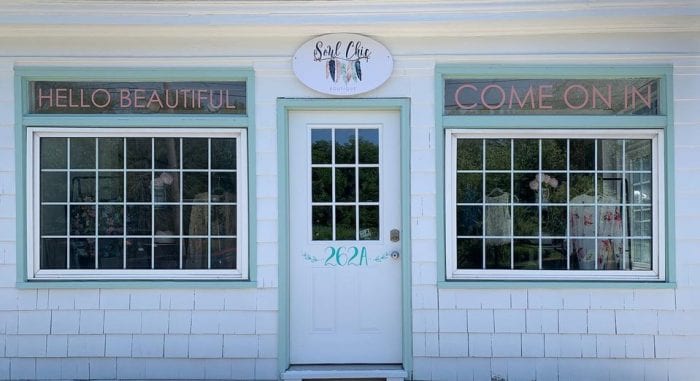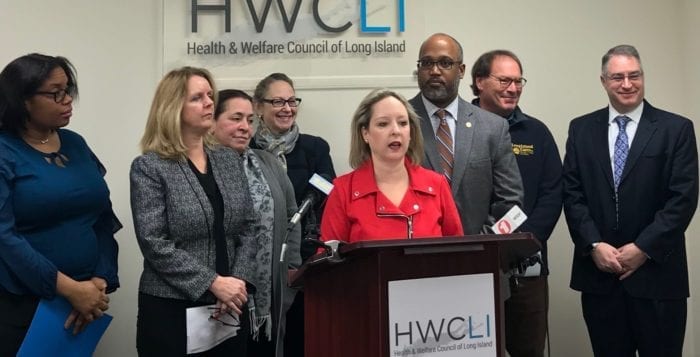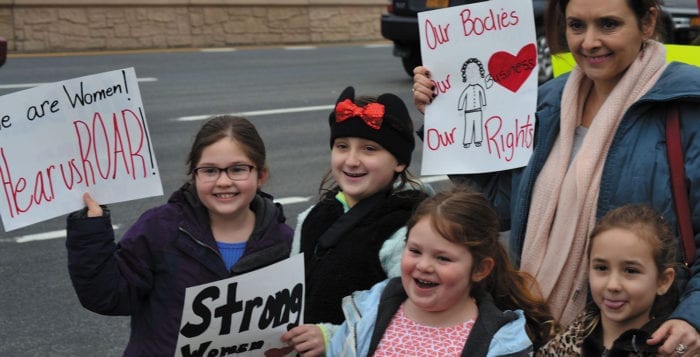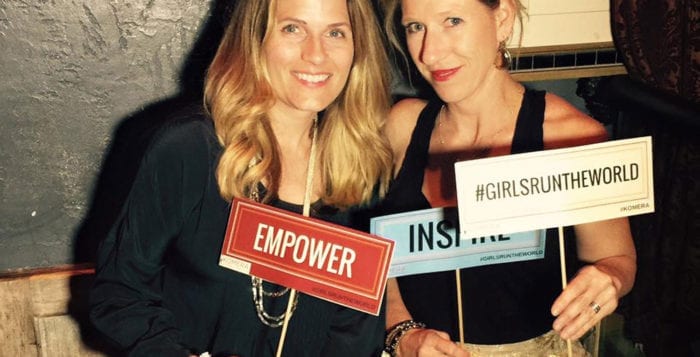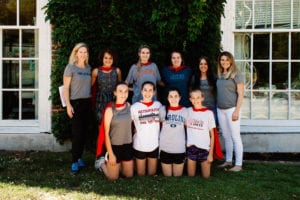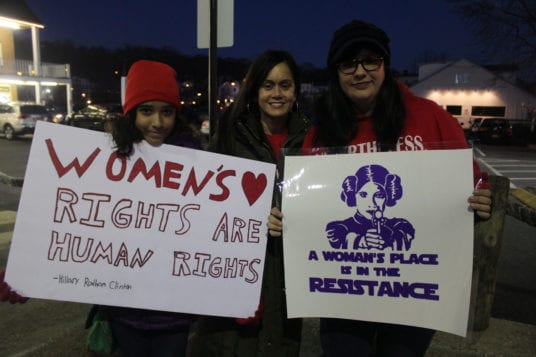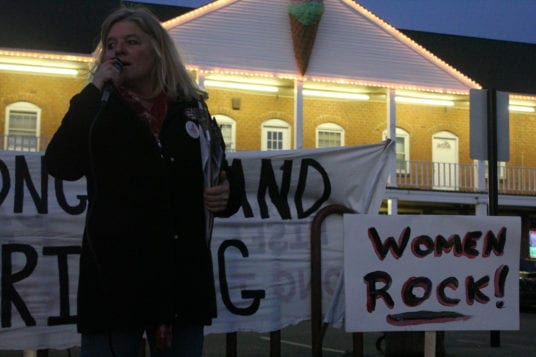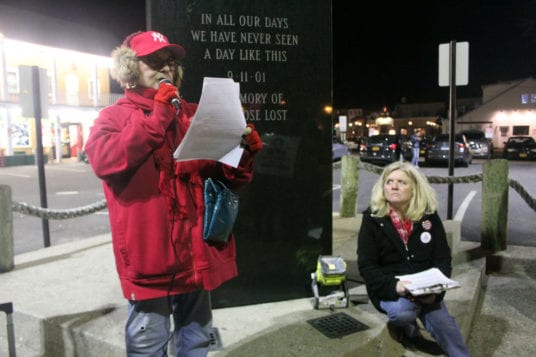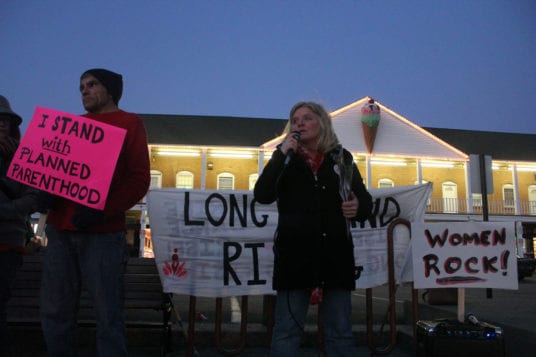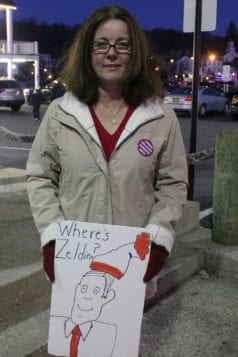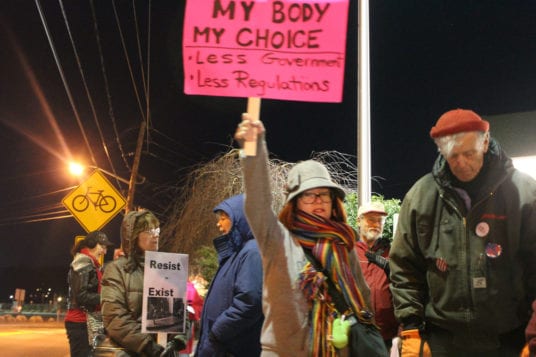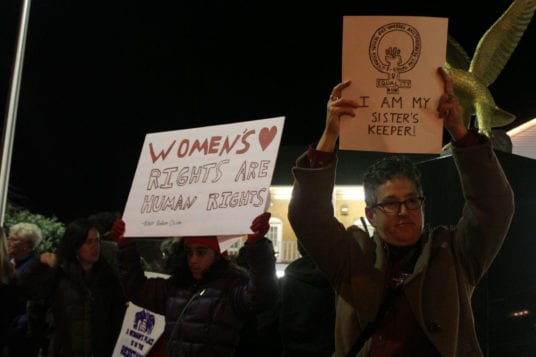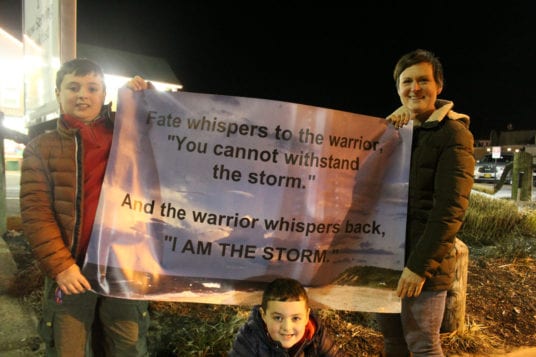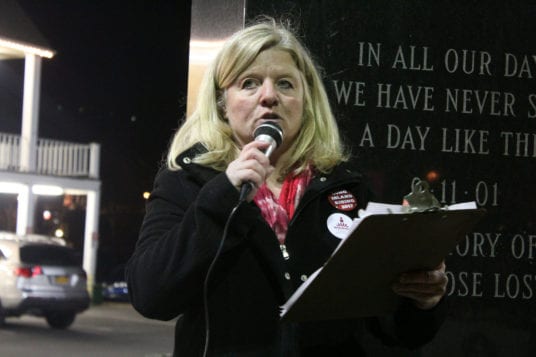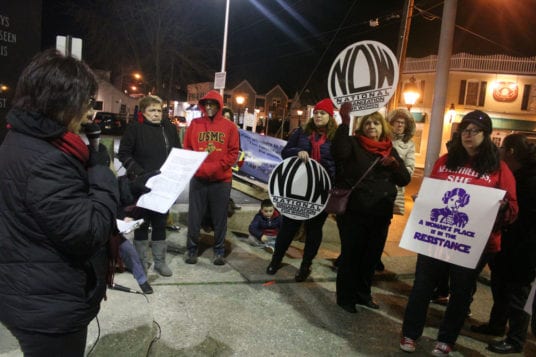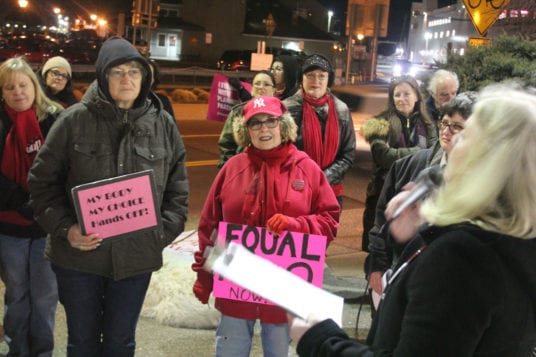By Courtney Rehfeldt
Opening a boutique can be a tricky endeavor under normal circumstances, but launching during a pandemic is undoubtedly not for the faint of heart. Luckily, Kristen Hoffman was up for a challenge. As the new owner of Soul Chic in East Setauket and a resident of Port Jefferson, she was able to fulfill her childhood dream.
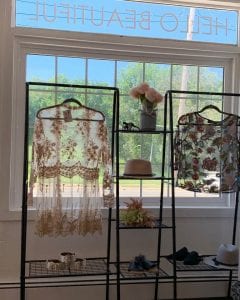
A writing professor at SUNY Old Westbury and mother of two teenagers, Hoffman was just about to sign a lease for her boutique when COVID-19 shut down the world. A fast thinker, she quickly decided to launch an online shop to build a following until she could find the next perfect brick-and-mortar location.
Located at 262 Main St. in East Setauket, near Country Corner Tavern, Hoffman opened her doors June 24, only two weeks after Phase 2. She found that she created key customer relationships by prelaunching online, so women were more than ready to shop when she finally opened.
“People who did pop in were nervous about whether they could touch the clothing, but all were so relieved to be out of the house,” she said. “Word has spread, and we’ve already had to build another fitting room and add display space to the store. It’s growing quickly, and we feel really blessed.”
It was important to Hoffman that her boutique represents women of all shapes and sizes. She made sure that Soul Chic cultivates a welcoming, uplifting boutique environment for its shoppers.
“Everywhere in my store and on my site, I have words of affirmation, words to uplift women, especially in the fitting rooms,” she said. “Women are so hard on themselves — we’re our own worst critics. It’s sad to watch, and it hurts my heart because I don’t see all that when I look at other women. I appreciate their inner beauty and the energy they bring. I admire their strength and courage, and marvel at the different stories each has to tell. So, I have sayings like ‘You look SOUL beautiful’ around the store, and I want to spread that message. I want women to come here and feel beautiful and valued and heard.”
Hoffman is also an advocate for women, with a focus on Long Island-based creators.
“I want to support other women in businesses, especially artists and makers, by continuing to bring in product lines from as many local women as I can,” she said. “I want to share the success with as many women as possible.”

